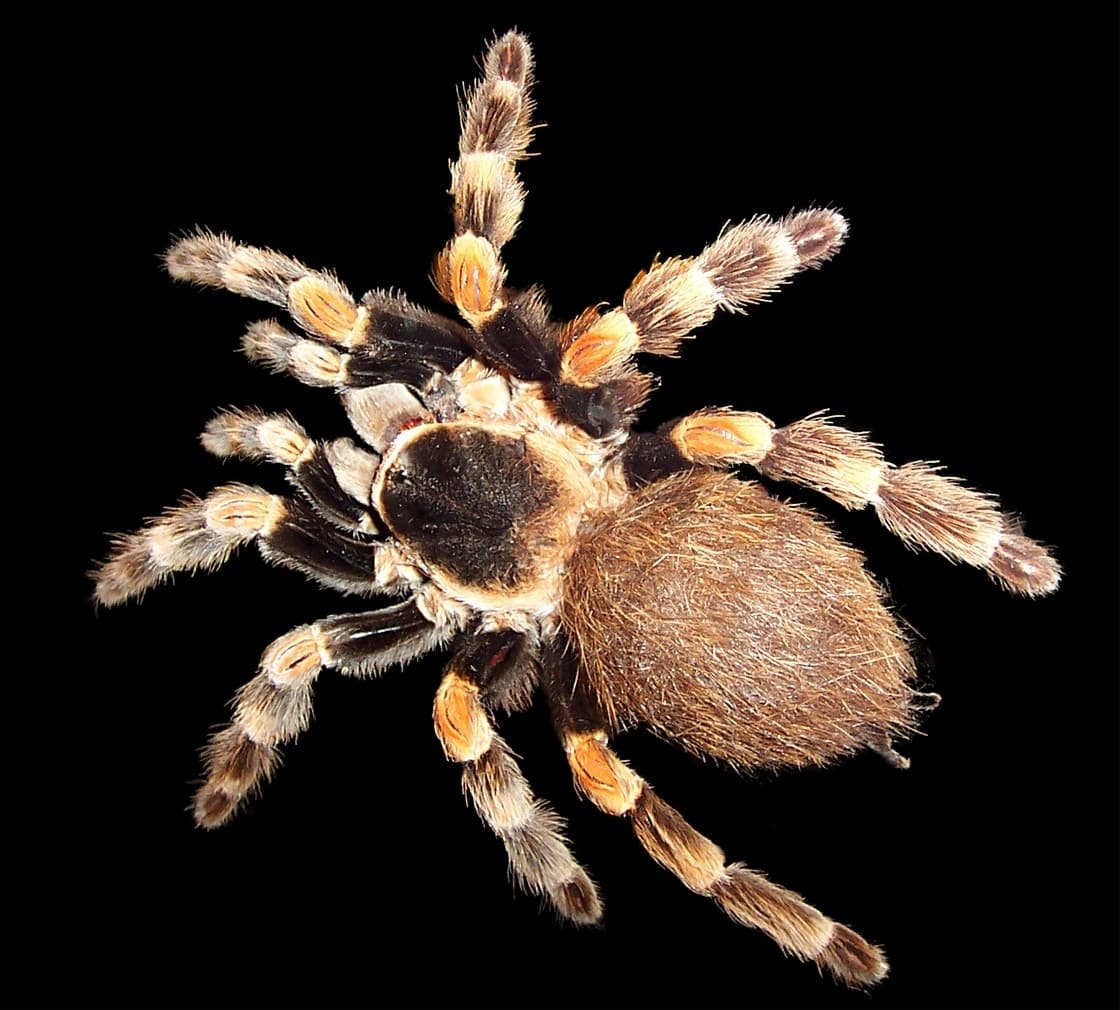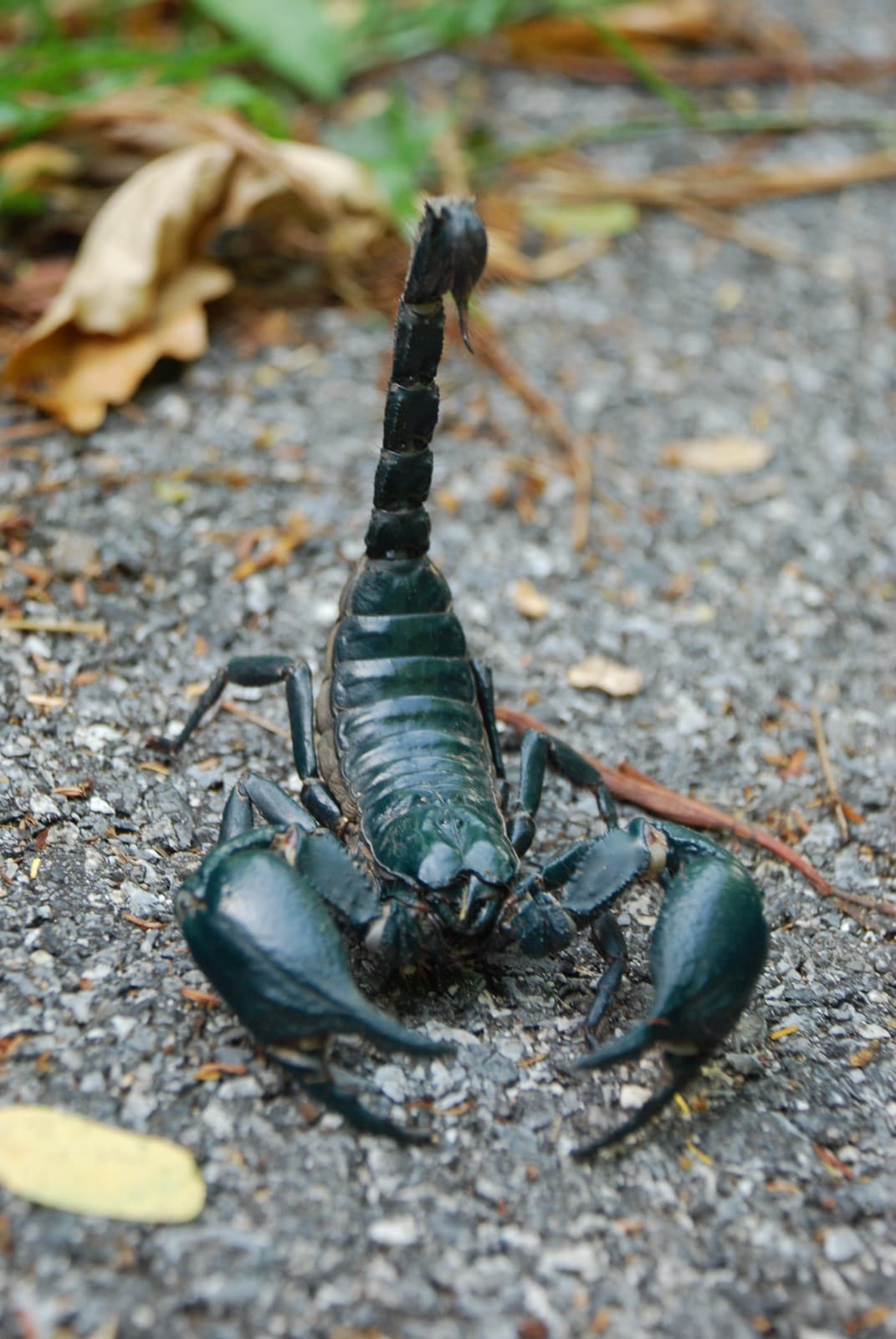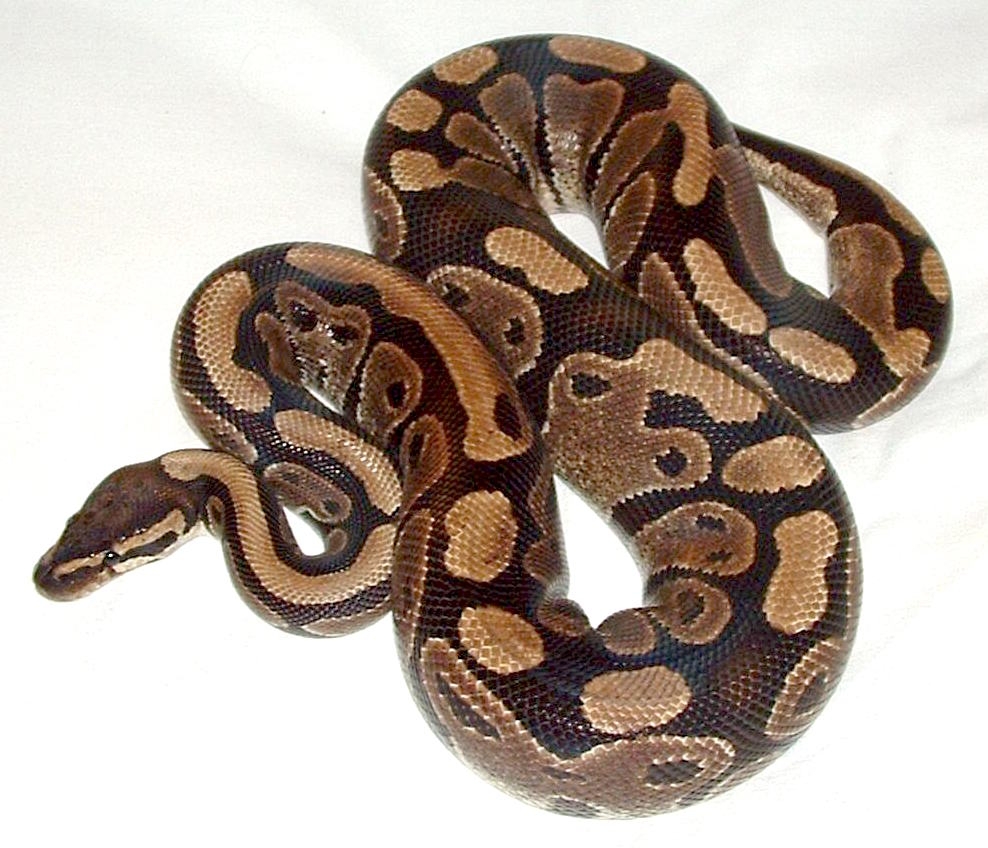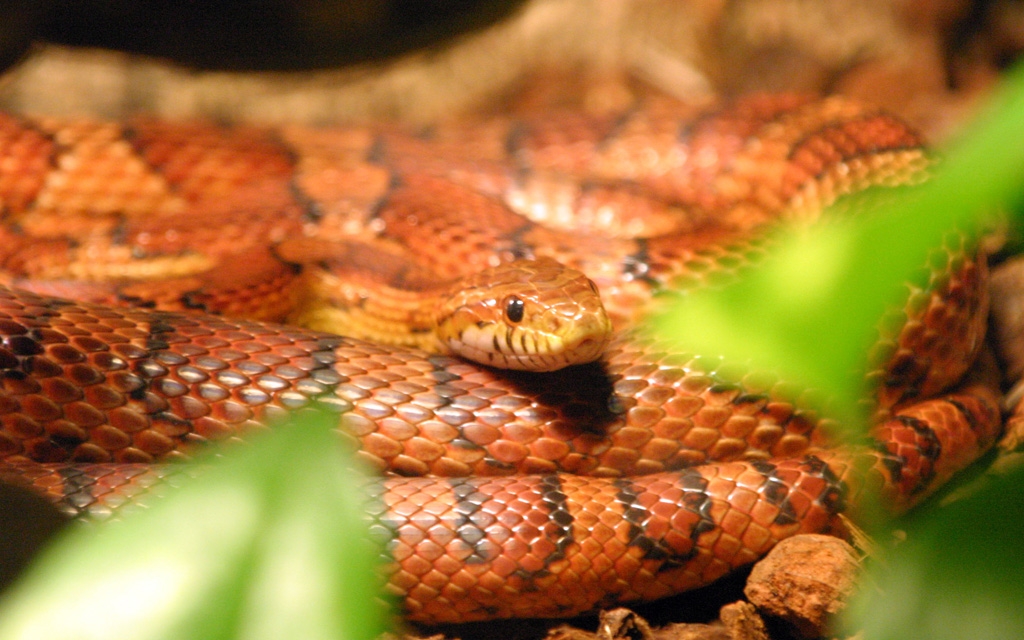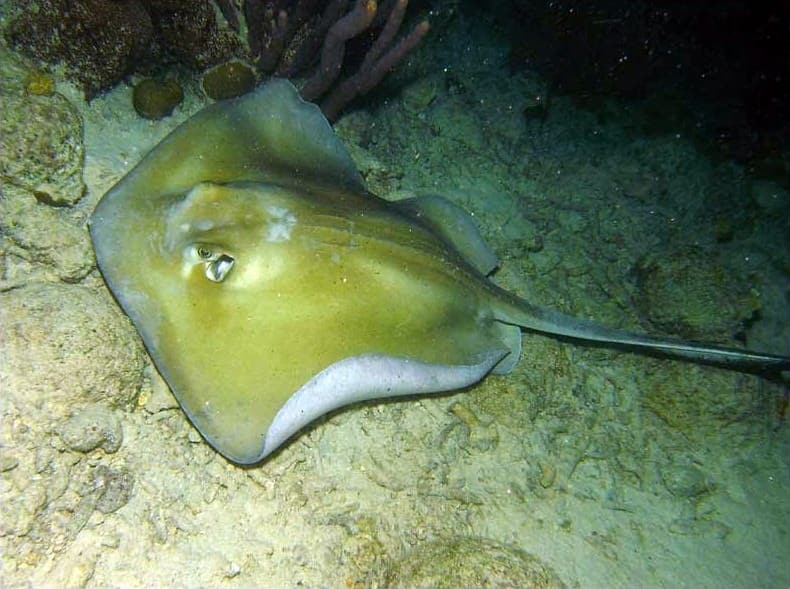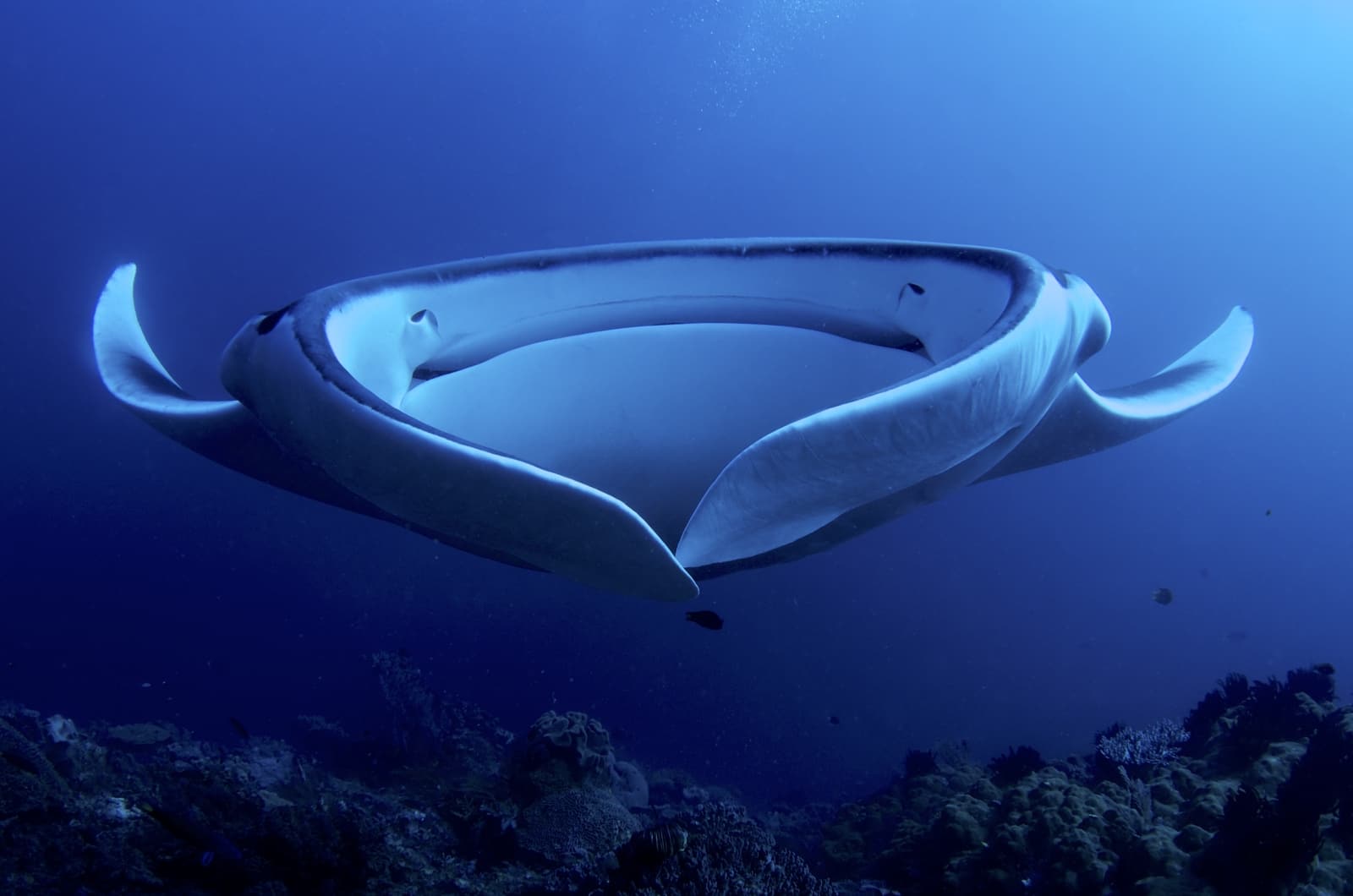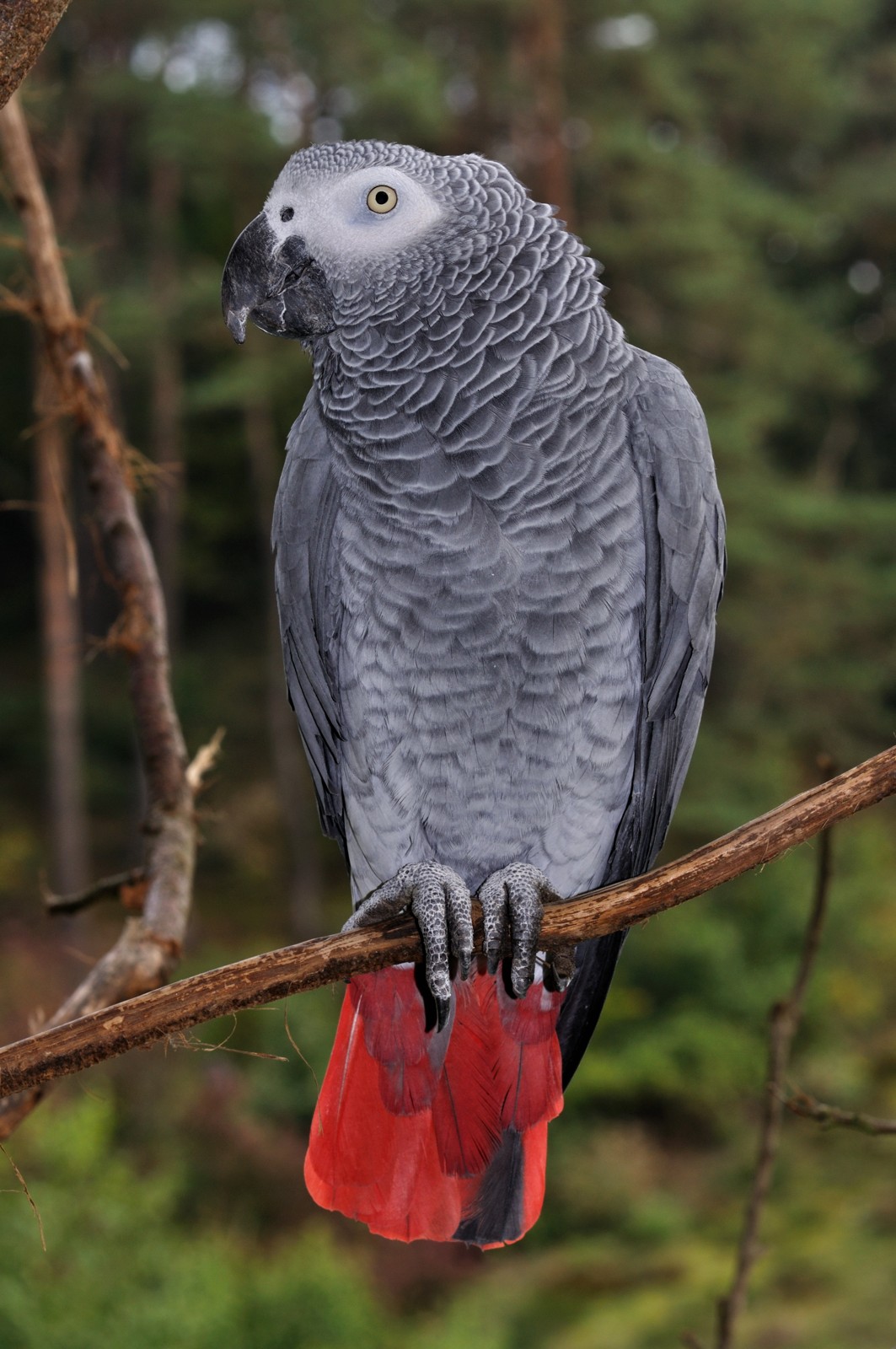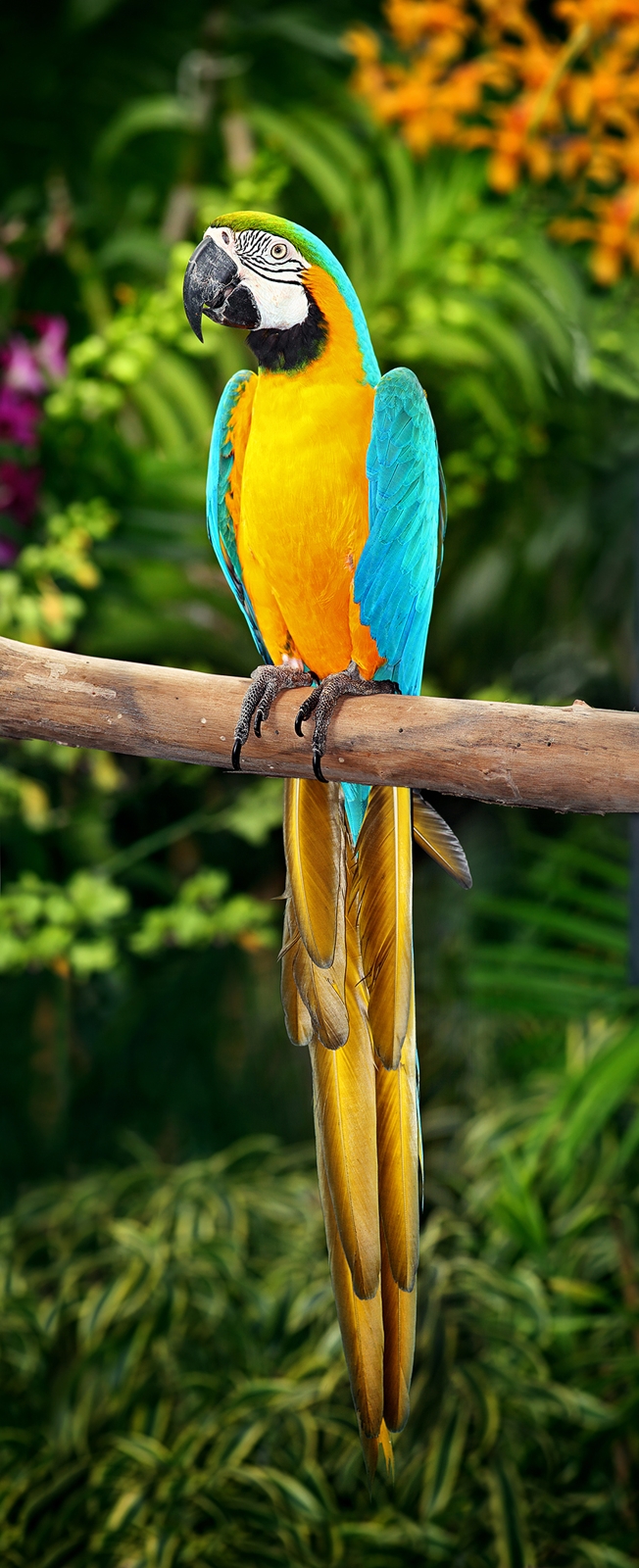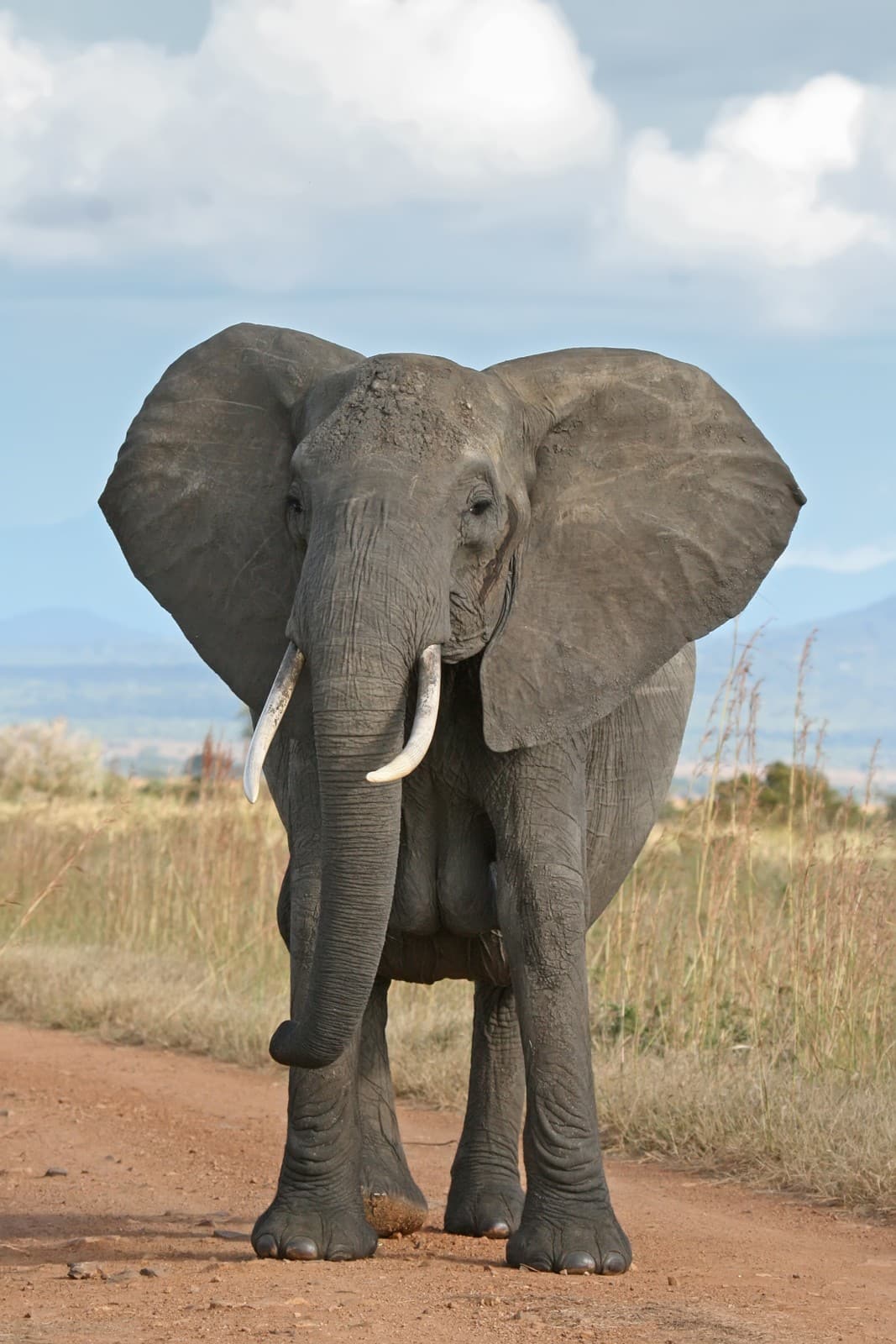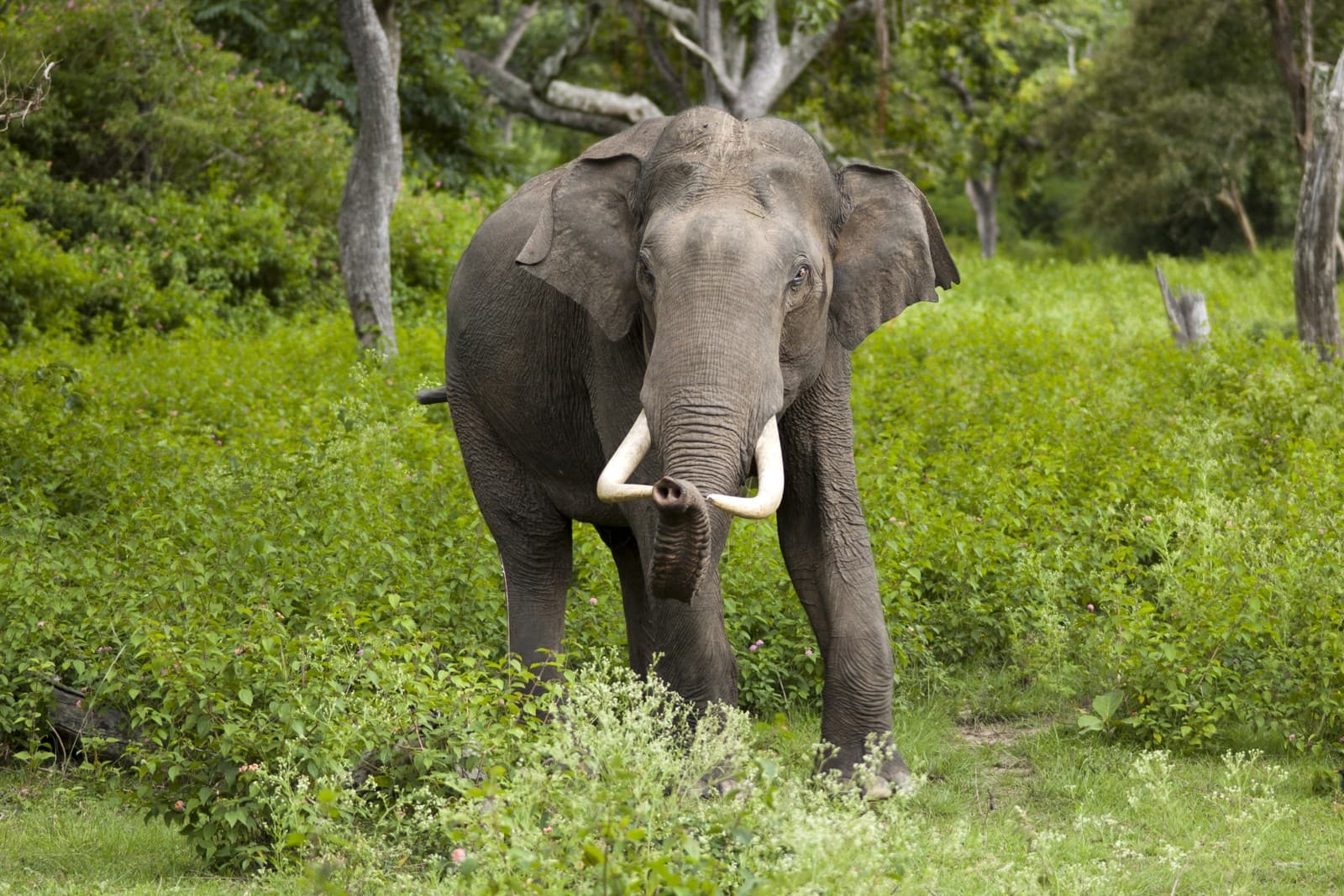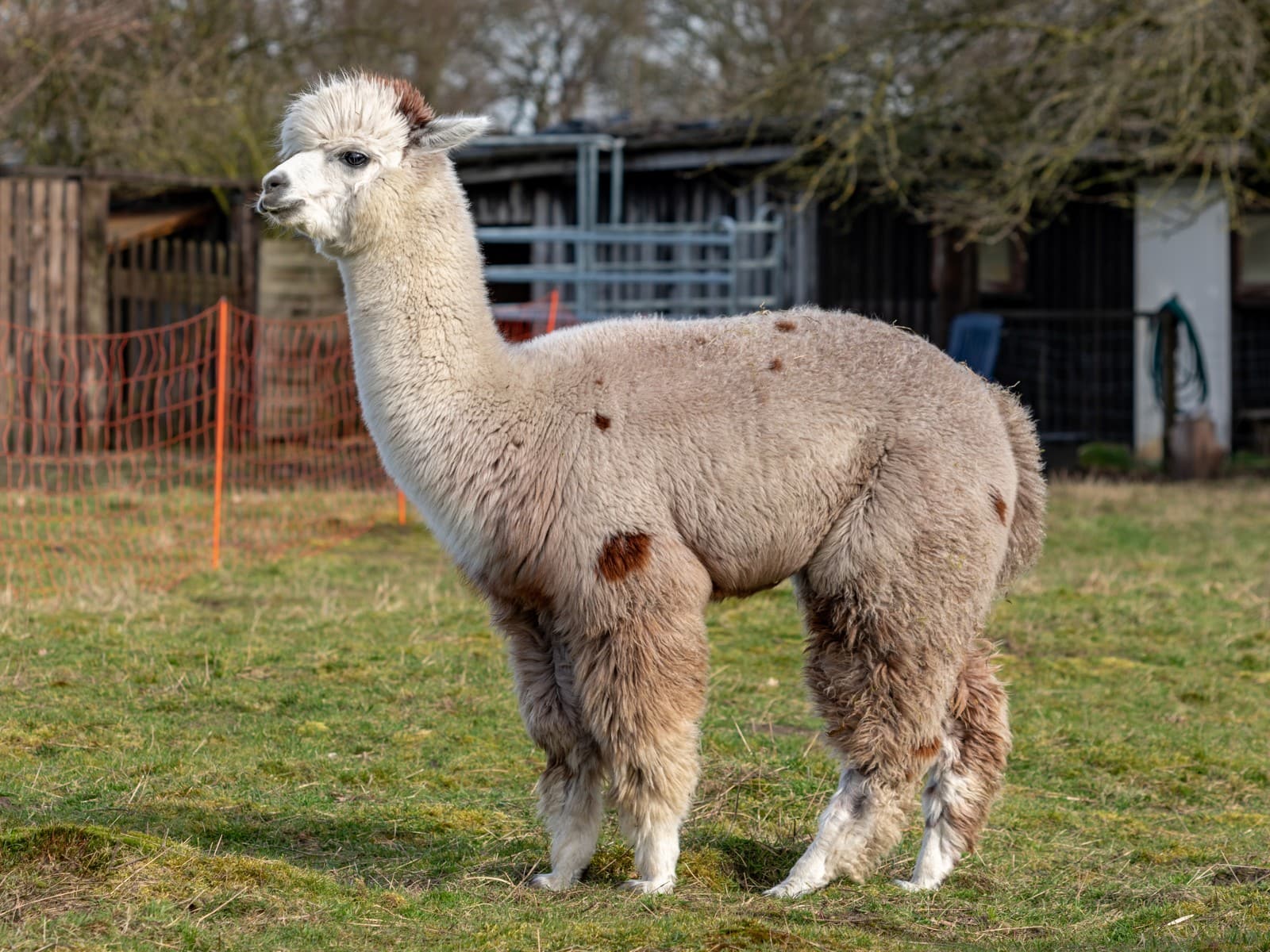Camel Spider vs Scorpion: A Complete Comparison
In the realm of arachnids, few creatures spark as much fascination as the camel spider and scorpion. While both belong to the arachnid family, these remarkable creatures exhibit striking differences in their anatomy, behavior, and hunting strategies. Camel spiders can reach speeds of 10 mph (16 km/h), while scorpions typically move at a more modest 1.5 mph (2.4 km/h).
The camel spider vs scorpion comparison reveals two distinct evolutionary paths within the arachnid world. Despite common misconceptions, camel spiders lack venom glands, whereas scorpions are equipped with powerful venom delivered through their distinctive tail stinger. This fundamental difference shapes their entire hunting and survival strategies.
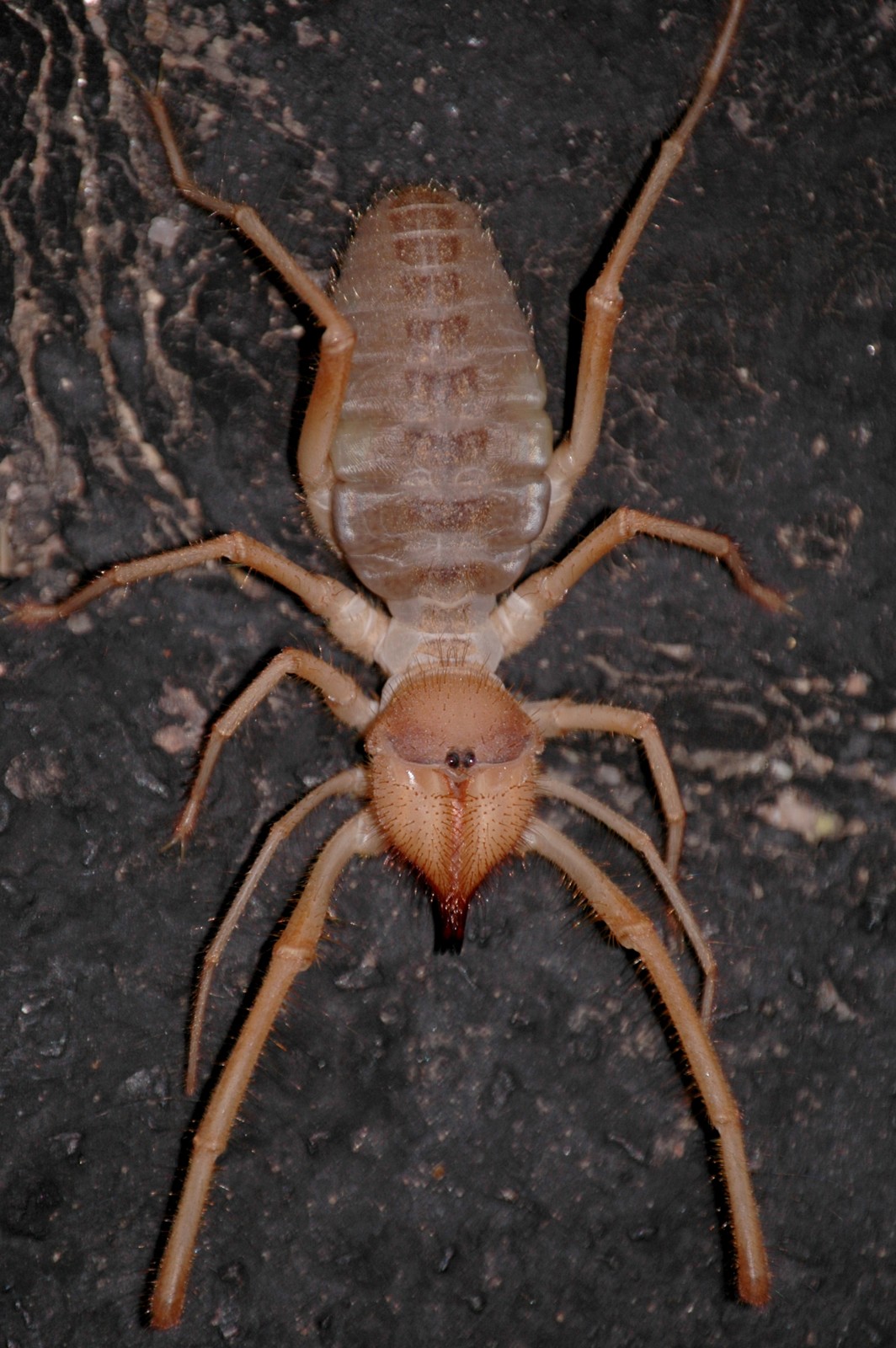
© Original uploader was Braboowi at en.wikipedia / CC BY-SA 3.0
The camel spider, also known as sun spider or wind scorpion, showcases powerful chelicerae capable of crushing prey with remarkable efficiency. These non-venomous arachnids rely on pure speed and strength for hunting.
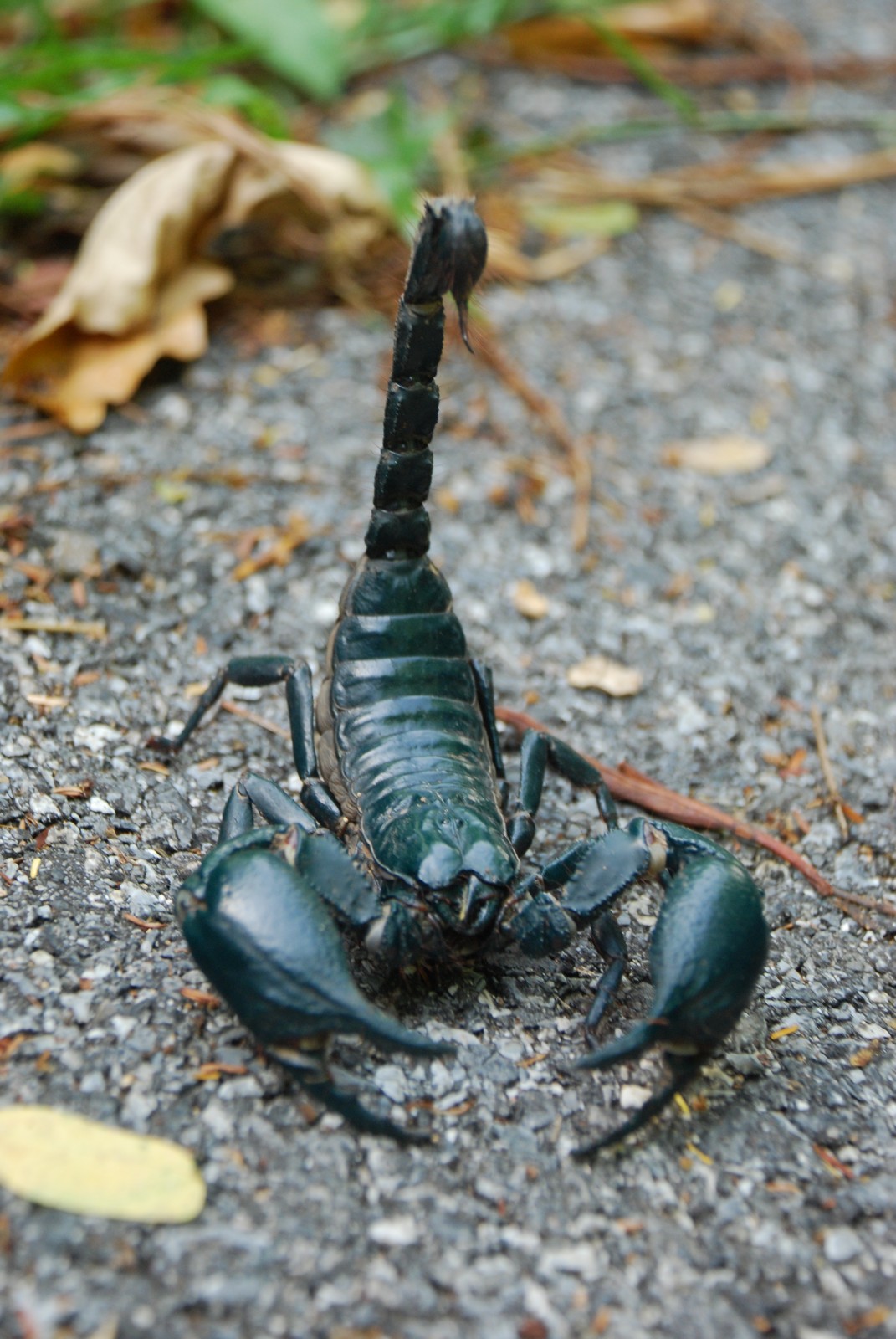
© Chris huh / CC BY-SA 3.0
The scorpion exhibits its characteristic defensive posture, demonstrating the powerful combination of crushing pincers and venomous stinger that has made these creatures successful predators for over 430 million years.
Key Differences Between Camel Spiders and Scorpions
| Feature | Camel Spider | Scorpion |
|---|---|---|
| Size | Up to 6 inches (15 cm) | 0.3-8 inches (0.8-20 cm) |
| Venom | None | Venomous stinger present |
| Speed | Up to 10 mph (16 km/h) | Up to 1.5 mph (2.4 km/h) |
| Hunting Method | Active pursuit, crushing | Ambush, sting and grab |
| Defense Mechanism | Speed and aggression | Venom and armored exoskeleton |
| Lifespan | 1-2 years | 4-25 years |
Habitat and Distribution
Camel spiders thrive in arid environments, predominantly found across desert regions in the Middle East, Africa, and southwestern United States. These creatures are primarily nocturnal, seeking shelter during the intense desert heat. Scorpions demonstrate greater habitat versatility, occurring in deserts, grasslands, rainforests, and even mountainous regions across all continents except Antarctica.
Hunting and Feeding Behavior
Camel Spider Hunting Strategy
- Relies on incredible speed and agility
- Uses powerful chelicerae to crush prey
- Active hunter that chases down prey
- Primarily nocturnal feeding pattern
- Can consume prey up to one-third their size
Scorpion Hunting Strategy
- Employs ambush tactics
- Uses pincers to grab and tail to sting
- Primarily nocturnal
- Can survive months without food
- Detects prey through vibration sensing
Defense Mechanisms and Survival
Camel spiders depend on their remarkable speed and aggressive demeanor for both hunting and defense. Their large chelicerae serve as effective weapons against predators, while their ability to sprint at high speeds provides a reliable escape mechanism. In contrast, scorpions possess a dual defense system: powerful pincers for grabbing threats and a venomous stinger for neutralizing both prey and predators.
Who Would Win in a Confrontation?
While both arachnids are formidable predators, a direct confrontation would likely favor the scorpion due to several advantages:
- Armored Exoskeleton: Provides superior protection
- Venomous Stinger: Offers ranged attack capability
- Powerful Pincers: Enable both offense and defense
- Longer Lifespan: Indicates greater survival adaptations
However, the camel spider’s superior speed and agility might allow it to avoid confrontation altogether, demonstrating that in nature, survival often depends more on avoiding conflict than engaging in it.
Conservation and Human Interaction
Despite their fearsome reputations, both creatures play vital roles in their ecosystems as predators controlling insect populations. Neither species poses a significant threat to humans, though scorpion stings require medical attention in certain species. Conservation efforts focus on habitat preservation, particularly in desert ecosystems where both arachnids face pressure from human development and climate change.
Both camel spiders and scorpions continue to fascinate scientists and nature enthusiasts alike, representing remarkable examples of evolutionary adaptation in the arachnid world. Their distinct characteristics and survival strategies showcase the incredible diversity of life in even the most challenging environments on Earth.
